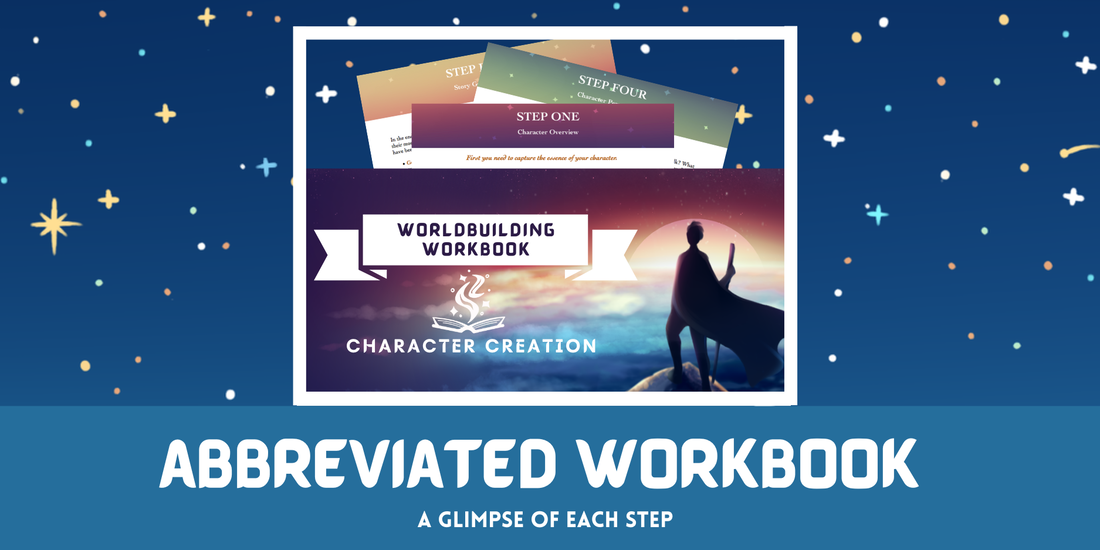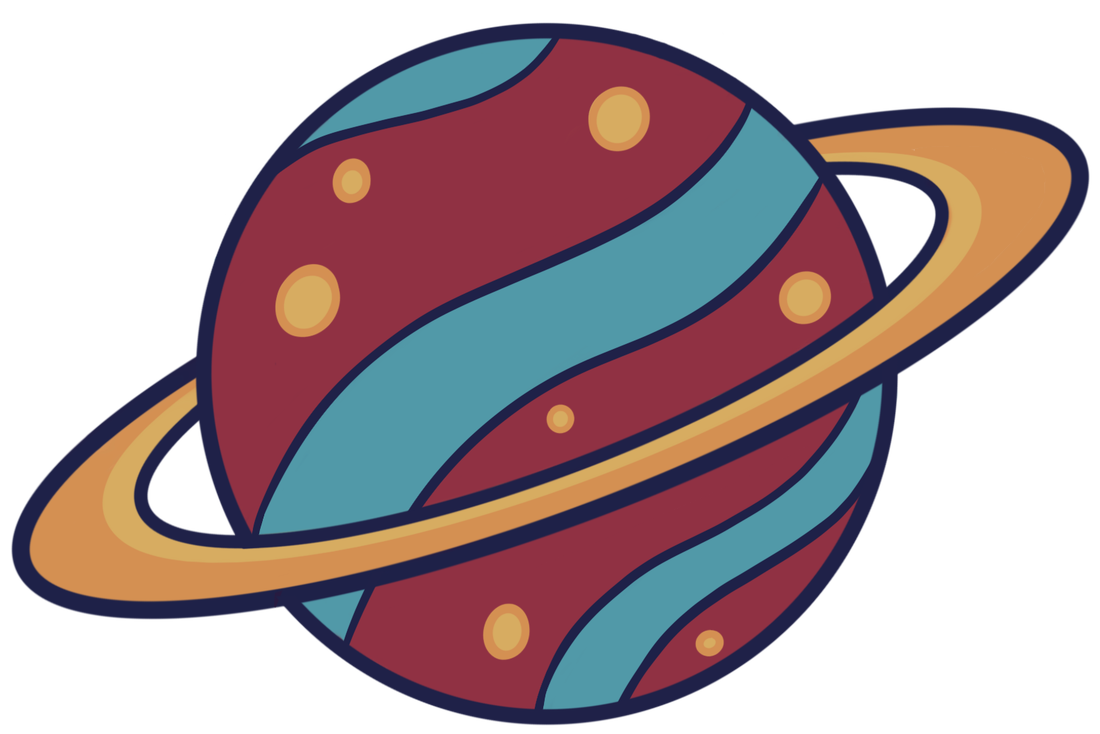|
Characters are the basis for every story. The motivation behind every plot. The force behind every system of magic. They are the viewpoint by which we experience the stories that we love. In many ways, they are the reason we love those stories in the first place. For this reason, characters are arguably the single most important element of your story. A good character can make up for a half-formed world or a cliche magic system and questionable plot. But no amount of amazing world-building or fancy, flashy magic and twisting, exciting plot lines will make up for a bad or unlikeable character. This blog is a summary of my Character Creation World-building Workbook. The full workbook is available in my shop or on my Etsy (where you can also get a sneak peak of the full content). Even though this is only a summary (and doesn't cover everything that is in the workbook) this post will cover everything from a basic overview of their personality, emotions, family, backstory, skills, goals, fears, theme, and plot. By the end, our goal is to have a unique, engaging, and relatable character who will stand strong and drive your story through its plot. step one: character overviewIs your character a morally grey anti-hero who just wants to be left alone? Or perhaps they’re a young, innocent healer-in-training with a fierce devotion to life and a foul mouth? Or a barista with the ability to transform into a cat who desperately wants to be a scuba diver despite their fear of the ocean? Or a hero with a dark secret and a deadly enemy? Basically this boils down to: who are they? You don’t need the details yet. You don’t need their background, or personality, or greatest fears. You just need to get a glimpse of who they are, a glimmer of who they’ll become, so that you have something to grasp. This will help you create them in the following steps. Free-write: If you don’t have any idea (or even if you do) I’d recommend taking twenty minutes to do a free-write on your character (and your story as a whole).
step two: character profileOften the hardest part of building a character is being asked a string of questions and not knowing the answers. After all, how are you supposed to know who your character is if you haven’t created them yet? That’s why I encourage you to skip over the traditional character profile for now (unless you know some of the answers for sure) and instead fill it out as you go along discovering your character in the following steps. And it doesn't matter what character profile you use -- there's one in my full workbook on Etsy, or you can use any free character profile you find online. step three: physical attributesThe first step to building a character is being able to picture them, to feel and see who they are, outside and in. But, as the author, you must go beyond the basic details (hair color, height, build, clothes, etc), because while they are important, they aren’t the most important. First and foremost we want to figure out who our characters are as a person. Every detail we discover can help us (and our future readers) connect to the character we are building.
step four: character personalityThe next step we’re going to cover is your character’s personality. How do they talk? What do they believe in and why? Do they like making jokes, or are they studiously serious? What ticks and character quirks do they have? What behaviors add up to make them unique?
step five: expression of emotionThis step is starting to get even deeper, beyond personality and looks and quirks. We all feel emotion, but every one of us expresses it differently. Your character will have a unique way of dealing with what they are feeling. If they are scared, do they admit that? Do they hide it? Does it manifest as anger and gruffness? If they are anxious, do they start laughing giddily? Do they accept their emotions and work through them, or do their best to shove them away? Here are some possible reactions to each emotion:
step six: everyday lifeBefore the events of your story throw them off track and into a world of high stakes and world-ending shenanigans, what does your character’s everyday life look like?
step seven: skills/powers/fightingThis is one of my favorite aspects of character building. How do they fight? What skills, powers, or abilities do they have? What can they do that no one else can? Because this is speculative fiction, your character has the possibility of being extremely unique, with skills and powers far outside the realm of the normal world.
Here's a few questions to get you started:
step eight: familyA character doesn’t stand alone. Even those who have no blood-family have people surrounding them. Family. Friends. Significant partners. Mildly annoying acquaintances. Enemies. Who do they share their life with? Who do they turn to for help? Who do they spend most of their time with? Who do they wish they could spend more time with? Where is home? List each of the important people in their lives, along with a line or two about their relationship and the significance of that person.
step nine: relationship historyFrom the lists you made in the last step, find those who rank higher than everyone else in terms of importance to your character’s life, story, motivation, and future character arc. If you’re struggling to choose the most important, ask yourself these questions:
Once you've found the most important relationships, write down everything you can think of about their history and background. Where did they meet? How long have they been together? Why is this person important? What will the future of their relationship look like? step ten: backgroundBriefly note down the basics of your character’s background. Where did they come from? What have they gone through to get where they are? What are the important milestone/life events that have happened to them? (Bare bones list of events in their life leading up to the start of your story.) Now we’ll get into the deeper elements. With each question try to get to the emotional level of the events in their past, and what impact they still have on the character today.
step eleven: story goal & motivationIn the end, character should drive plot. Because of this, your character’s motivation is one of their most important aspects, at least in relation to story. So, most of our steps previously have been leading up to finding these driving aspects of your character.
Here's a few other questions to ask yourself:
step twelve: projected character arcAt the beginning of the story, your character starts out with a want, a goal, a purpose. Something that they see and think, “If only I had this thing, everything would be perfect and I could be happy and complete and whole. But not until then. Until I get it, my whole life is about chasing that thing, and I don’t have time for anything else like actually living.” Now this is a little dramatic, and your character may not be this intense about it, but you get the idea. Now, throughout the events of the story, your character will change. And what they want will change. Even after they get that thing, if they get that thing, whatever it is, they will have changed so much that they may realize that it is not what they really wanted. That, in fact, there is something else they needed, and they were just too blind to see it at first. You know what they want, but what do they need? Here's a couple of examples to help you:
step thirteen: relationship to themeYour story’s theme is the thing your book is really about. The underlying truth or aspect of life that runs beneath your plot, characters, and world. It seems complicated, but it usually matches up with your character arc and the journey from their wants to needs, so you should already have the basics of it.
Feel free to do another free-write here (or anywhere in this process, really) to help you get to the heart of your theme.
|
|




 RSS Feed
RSS Feed
